Understanding the differences between mechanical and hydraulic disc brakes is an important step when choosing the best adult bike, especially for elderly riders who may be concerned about their safety.
Though both mechanical and hydraulic disc brakes use a rotor and caliper system to provide strong, consistent braking, the way they transfer force is different, and this is an important factor to consider when buying an electric bicycle or even an adult tricycle.
Mechanical disc brakes use a cable system, similar to rim brakes, while hydraulic brakes rely on fluid-filled lines for more power and precision.
These differences translate into differences in the performance, maintenance, cost, and feel for different bikes.
So what are the differences between mechanical and hydraulic brakes? And should you choose hydraulic brakes or mechanical brakes for an adult bike?

What is the Main Difference Between Mechanical Disc Brakes and Hydraulic Disc Brakes?
The main difference between mechanical brakes and hydraulic brakes is that mechanical disc brakes use a cable system (similar to rim brakes) while hydraulic brakes rely on fluid-filled lines for more power and precision.
The differences between Mechanical and hydraulic disc brakes can be observed in five main areas: stopping power, modulation, cost, performance in adverse weather, and maintenance requirements.
1. Responsiveness and Stopping Power: Hydraulic Brakes are More Responsive
Hydraulic disc brakes are generally more responsive and require less hand effort to operate than mechanical disc brakes.
With hydraulic disc brakes, you can achieve significantly more stopping power with minimal hand effort, especially when riding downhill, which is not necessarily the case with mechanical disc brakes.
If you are riding on flat and even terrain, mechanical disc brakes are usually fine, and the difference is barely noticeable.
For performance bicycles like mountain bikes and dirt bikes that are ridden in tough, challenging terrain, hydraulic brakes are often more preferable.
Because of its Rear larger 750W drive motor, 48V 15Ah Samsung Battery, and thicker 20x2.6-inch. Kenda tires, the FC1 Folding Fat Tire Electric Tricycle requires stronger stopping power than regular bikes. Hence, it features 180 mm hydraulic brakes for stronger braking power.
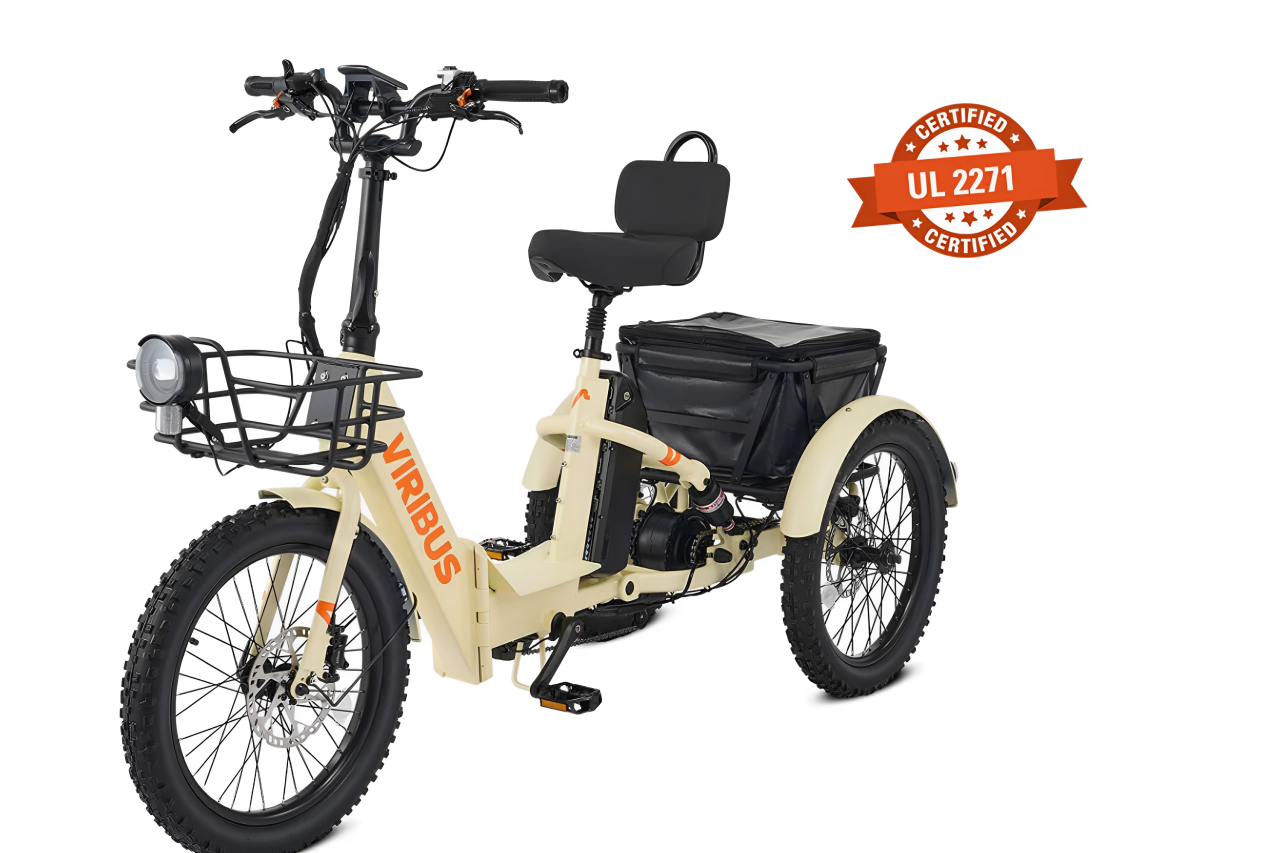
For regular adult bikes like city bicycles, cruiser bikes , mechanical disc brakes provide enough stopping power for the relatively simpler terrain they are typically ridden on.
2. Modulation: Overall, Hydraulic Brakes Offer Better Modulation
Hydraulic disc brakes generally provide and allow more modulation than mechanical disc brakes. The fluid pressure gives a smooth, consistent response at all levels of breaking. Also, there is minimal friction and no cable stretch.
This does mean the mechanical disc brakes are a complete on/off system. Good mechanical disc brakes can offer significant levels of modulation, especially if they are paired with versatile gearing systems.
| Feature | Mechanical | Hydraulic |
| Modulation | Decent, but coarse | Smooth and precise |
| Ease of feathering | Harder | Easier |
| Consistency | Varies with cable condition | Very consistent |
The BZ1 Step-Thru Electric Bike comes with a 7-speed gearing system to adjust speed more precisely, especially on hills or uneven terrain. The combination of double-disc mechanical disc brakes on this electric bike provides better braking power and modulation, letting you stop more smoothly and safely.
Currently on sale, it is one of the most comfortable e-bikes for adults out there, with positive reviews all around.
3. Cost: Mechanical Disc Brakes (And Bikes) are More Affordable
Mechanical disc brakes are much more affordable than hydraulic disc brakes. While a set of good mechanical disc brakes might cost between $50-$60, hydraulic disc brakes cost about $100-$200, which is about double the price.
To some riders, the extra cost of hydraulic disc brakes is not worth the extra value they provide.

By using mechanical disc brakes, manufacturers of adult bikes and trikes can afford to keep prices relatively low for buyers. The SC5 Fat Tire Electric Tricycle was one of the hottest fat tire electric tricycles to be released last year.
With double disc mechanical disc brakes, this 20x3-inch adult electric bike with a 48V 15Ah battery and a 500W (peak 750W) motor, which can help you cruise up to 38 miles effortlessly, is currently on sale for less than $1400.
Given that fat tire electric tricycles are quickly becoming the norm, this bike is quite a steal.
4. Maintenance Requirements
Mechanical disc brakes are less costly and less complex to maintain than hydraulic disc brakes, especially in the long run.
While hydraulic disc brake maintenance involves bleeding the cables and replacing components, both of which can be rather costly and not DIY-friendly, maintaining mechanical disc brakes is relatively simpler, requires basic tools, and can be done at home.
The average cost of bleeding hydraulic disc brakes , on the other hand, varies from 50-100, depending on where you live, and they must be bled at least once in 6-12 months.
| Feature | Mechanical Disc Brakes | Hydraulic Disc Brakes |
| Tools needed | Basic bike tools | Specialized bleed kit, fluids |
| Brake pad replacement | Easy | Easy |
| Cable/Hose service | Replace cable, lube housing | Bleed fluid, replace hoses |
| System adjustments | Manual tension + centering | Self-adjusting (mostly) |
| Risk of contamination | Dirt in the cable housing | Air or water in a fluid |
| Ease of roadside repair | Very easy | Difficult without tools |
| Long-term upkeep | Frequent small tweaks | Infrequent but technical service |
Mechanical disc brakes are great for adult bikes because they offer low-tech, easy, hands-on maintenance. For adult bikes, you want brakes that provide sufficient stopping power without additional maintenance requirements, which is why mechanical brakes work.

The Trigo Electric Tricycles are ideal for riders who prefer low-maintenance systems. They have dual disc mechanical brakes that are easier to troubleshoot and replace parts (pads, cables, levers), and can be adjusted with basic tools like Allen wrenches and cable cutters.
Hydraulic disc brakes are a better option if you prefer less frequent but more advanced service and are okay visiting a bike shop now and then.
4. Performance in Bad Weather
Hydraulic brakes are better protected and better capable of offering a consistent performance in challenging weather conditions like rain or mud. They come in a sealed system that keeps out water, dirt, and debris, and the fluid temperature is kept stable.
Mechanical disc brakes, on the other hand, offer a better performance than rim brakes, but not are not capable of maintaining a consistent performance in challenging weather conditions like hydraulic brakes.
- The cables could get contaminated with water/mud if the housing isn't sealed.
- Cables may drag or corrode.
| Feature | Mechanical Disc Brakes | Hydraulic Disc Brakes |
| Rain performance | Good, but it can fade if cables drag | Excellent, sealed against moisture |
| Mud/snow resistance | Vulnerable to grit in cable housing | Great — sealed system resists contamination |
| Cold weather performance | Cables may stiffen | Depends on fluid; usually strong |
| Consistency in bad weather | Variable- needs tuning | Very consistent, no tuning needed |
| Maintenance frequency in wet | Frequent cleaning/adjusting | Minimal unless pads wear or the system leaks |
Hydraulic disc brakes outperform in wet, muddy, and cold conditions. They offer more reliability and power when you need it most.
Mechanical disc brakes can handle bad weather, but require more maintenance to stay effective.
Mechanical vs. Hydraulic Bikes: Which Should You Choose?
Choose Mechanical Disc Brakes if:
- You’re on a budget.
- You ride mostly in dry, flat, or moderately hilly areas.
- You prefer easy DIY maintenance and don’t mind occasional cable adjustments.
Choose Hydraulic Disc Brakes if:
- You ride in hilly, mountainous, or technical terrain.
- You want maximum braking power with minimal hand effort.
- You ride in all-weather conditions and value performance.
Choose Viribus Bikes or Tricycles
Equipped with Mechanical Disc Brakes, Viribus bikes offer the best balance of safety and simplicity. You get a comfort-focused design with step-through frames, padded seats, and stable builds, together with affordable pricing without compromising reliability.
In short, mechanical disc brakes + viribus=easy maintenance, smooth riding, and smart value for adult riders. Choose an adult bike from Viribus. Here are the best Viribus adult bikes under $1,000

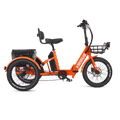

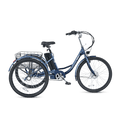
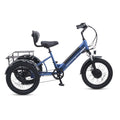
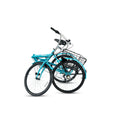
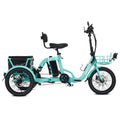

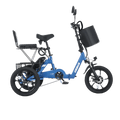




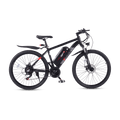

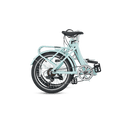
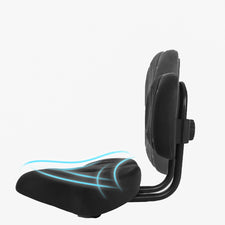





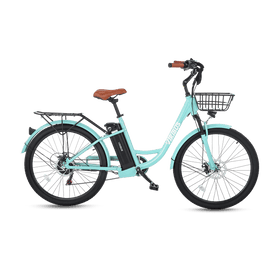
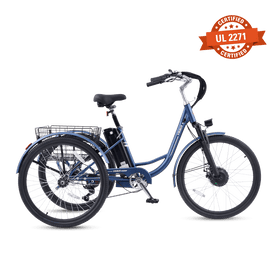
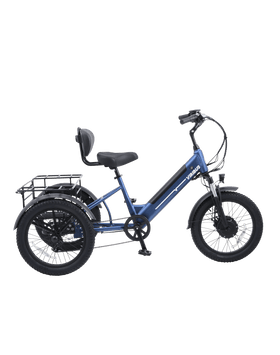




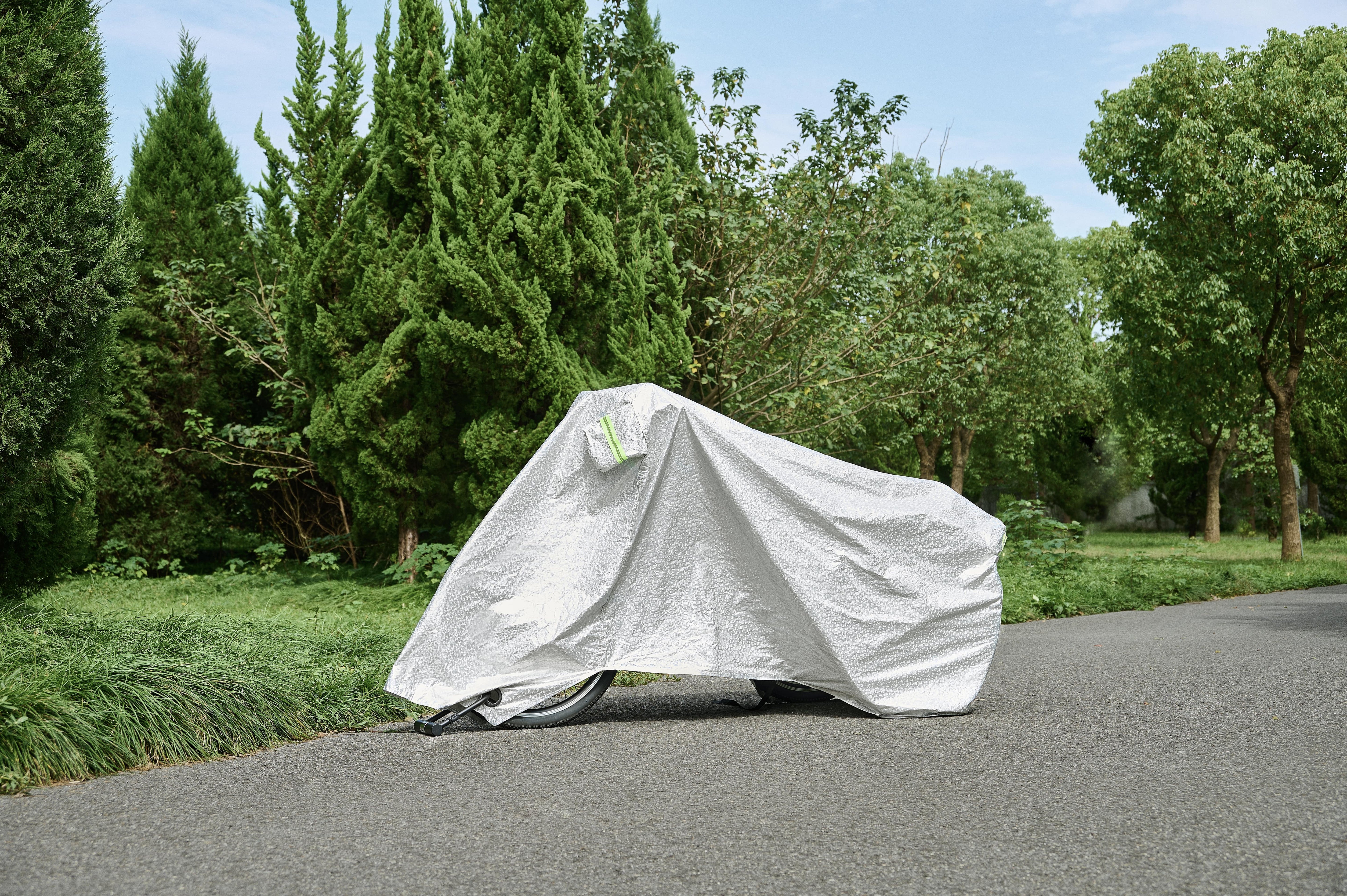
Leave a comment
All comments are moderated before being published.
This site is protected by hCaptcha and the hCaptcha Privacy Policy and Terms of Service apply.